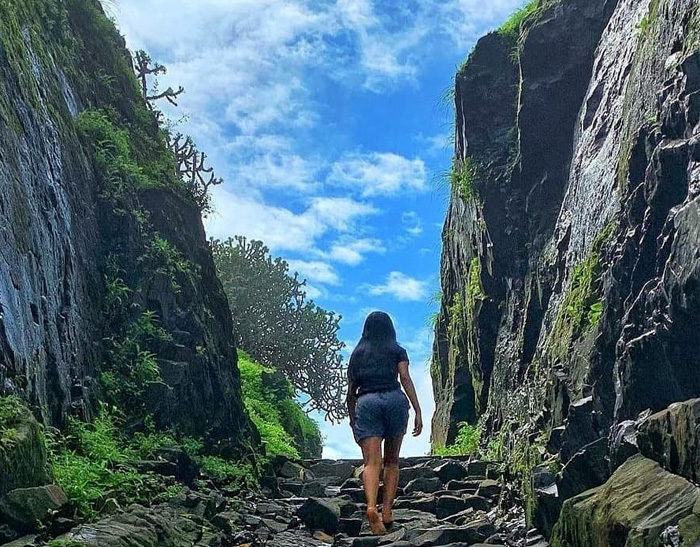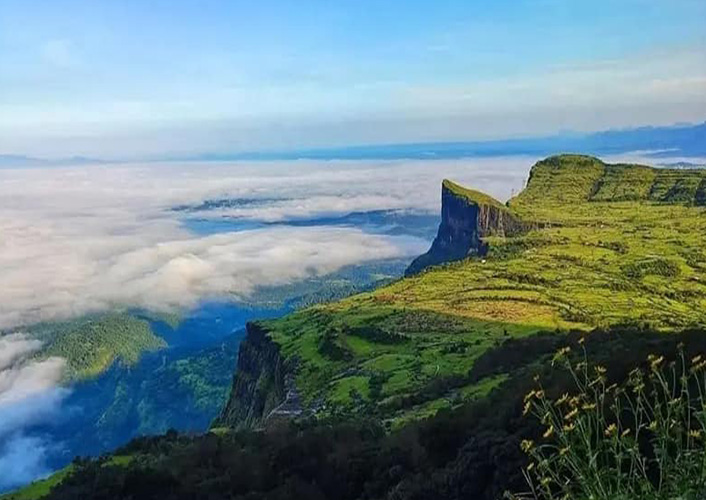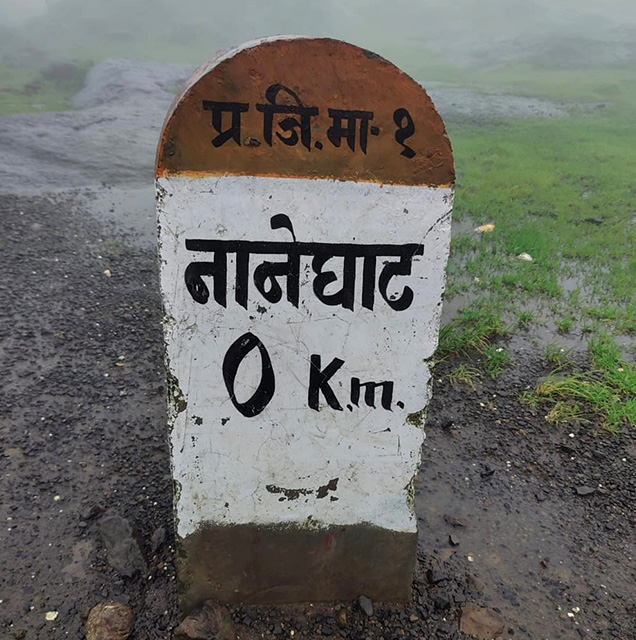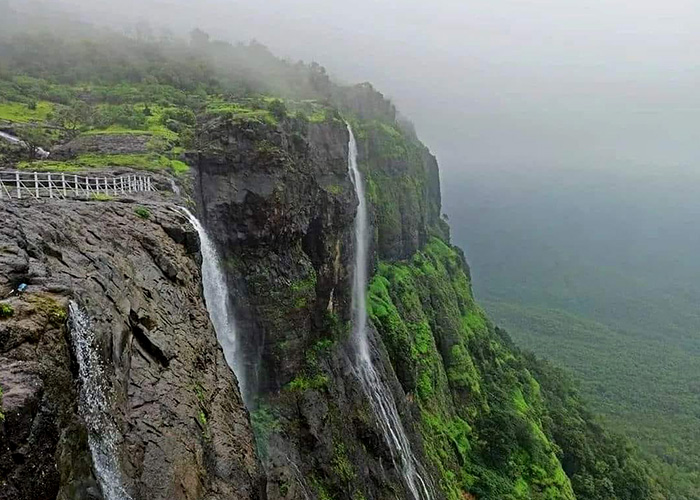Naneghat Pass, also known as Nanaghat or Nana Ghat, is a historic mountain pass situated in the Western Ghats, connecting the Konkan coast with the Deccan Plateau. Located approximately 120 kilometers (75 miles) north of Pune and around 165 kilometers (103 miles) east of Mumbai, Maharashtra, Naneghat was once a vital trade route in ancient times. This pass is famous for its cave that houses Sanskrit inscriptions in Brahmi script, dating back to the 2nd and 1st centuries BCE, and attributed to the Satavahana dynasty.
The inscriptions found at Naneghat are significant for their historical and linguistic value, linking Hindu deities and Vedic rituals, and showcasing some of the oldest numerals known to man. These ancient symbols resemble the modern numerals seen in both Nagari and Hindu-Arabic script, marking a milestone in the development of numerical notation.



